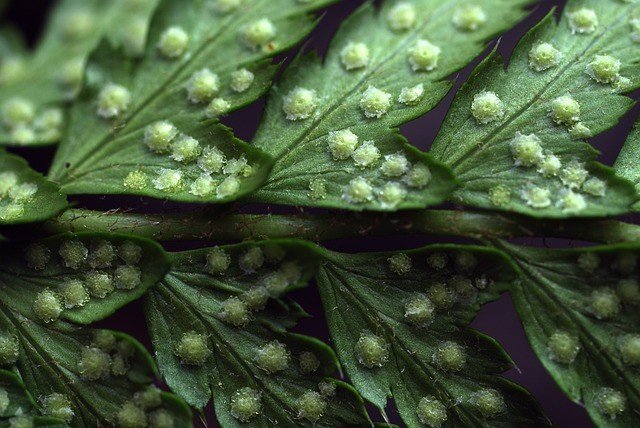Asexual reproduction
The reproductive pattern seen in primitive-structured organisms and carried out by the activity of a single ape is generally called asexual reproduction. The pup, which consists of the mitosis of a single animal, is identical to the main living thing, and there is no diversity among the pups. A new organism consisting of a single organism only carries genes from this host organism. There is no ploid in the asexual reproduction.

Types of Aoaxian reproduction
1- Division and Reproduction: This division is divided by mitosis. In single-celled organisms, the resulting mitotic division occurs when the growing cell is divided into two. This growth or two dissociation can take place anywhere compared to whether it is mitochondrial or amitotic. For example, in slippery animals (Latin: Paramesium) the division occurs transversely, whereas in the whips (Latin: Boys) this division occurs longitudinally. Other living organisms that divide and reproduce can be exemplified by bacteria and amiploids, along with all eukaryotic cell organisms.
2- Sports Reproduction: In order to reproduce the sport, it is necessary to carry out the necessary reproduction steps in the main organism and to perform a sport. The obtained spores are excluded without any fertilization. These very small sports are now being replaced by wind or various external factors. Sports that find suitable places multiply by dividing. At the same time it manifests itself in the form of germination mentioned here without division. Likewise, bacteria are protected by producing sports on unsuitable conditions to protect them. However, these spores are used to protect the environment, not to breed. Examples are other water fungi, ferns, malt sprouts, and non-flower-growing plants. It is also called sportsongo. The spores formed by water algae are called zoospor and the fungi they create are called exospores.
3- Budding and Reproduction: For example, birds, sponges, medulla, hydra and polyp corals produce new progeny and thus produce new creatures from the buds they form as buds. The resulting new creatures can live in a colony without leaving the main living organism.
4 - Vegetative Reproduction (Vegetativ): Highly structured flowering plants usually have reproductive traits. In this breeding form, the genetic characteristics of the new living things, which are the main living organisms, are identical. For example, bananas from seedless fruits, fruits like seedless grapes multiply by vegetative reproduction. In the form of vegetative propagation commonly used in agriculture, local cultivation is called grafting, pencil grafting, eye grafting or knot patches. This is the method used when the hereditary properties want to move to the new plant as an individual. The buds formed at the edge of the leaves form new plantlets in their tears (Latin: Kalanchoe). Later, with external factors, these plantlets break off from the main plant and fall down. These plants, falling at the same time, bring new tear plants to the plant where all the characteristics of the main plant are inherited in the same way.
In the same way, vegetative fragmentation is observed, hanging in the garden plants and similar to the past.
Posted from my blog with SteemPress : https://blueblogs.000webhostapp.com/2018/09/asexual-reproduction